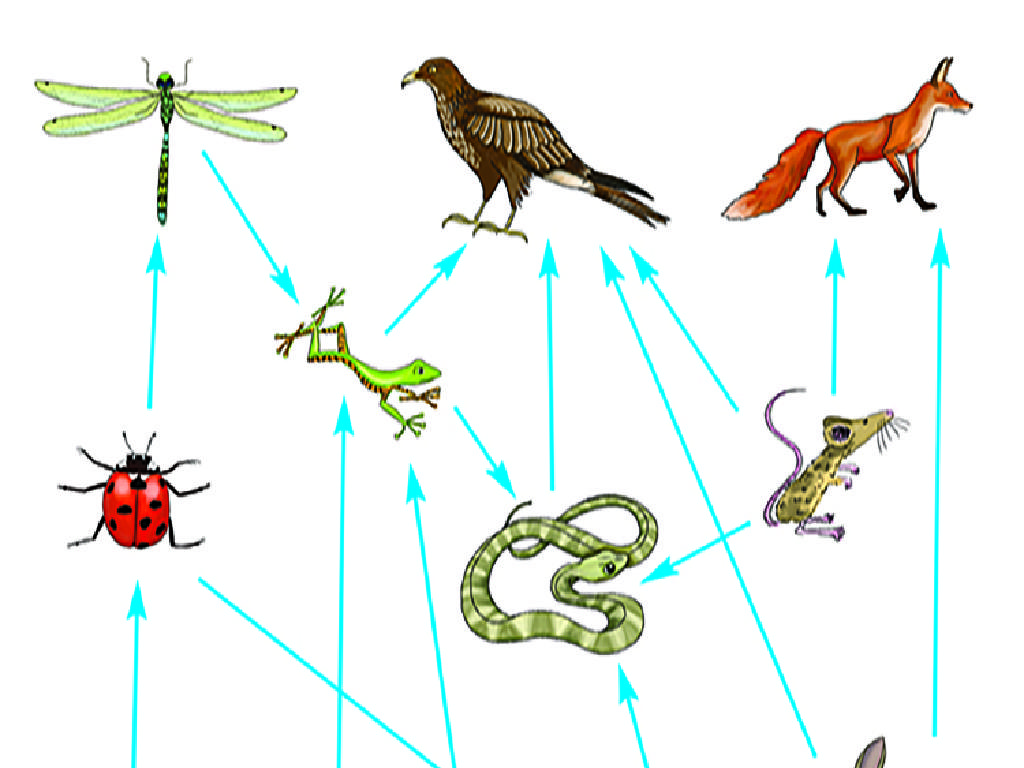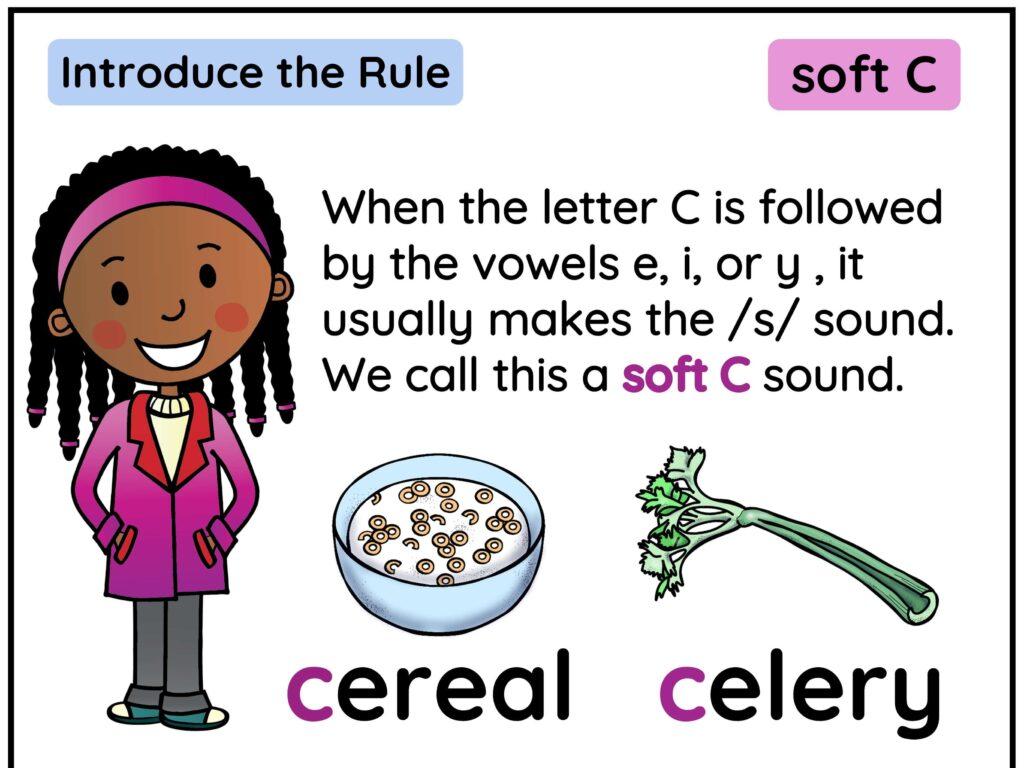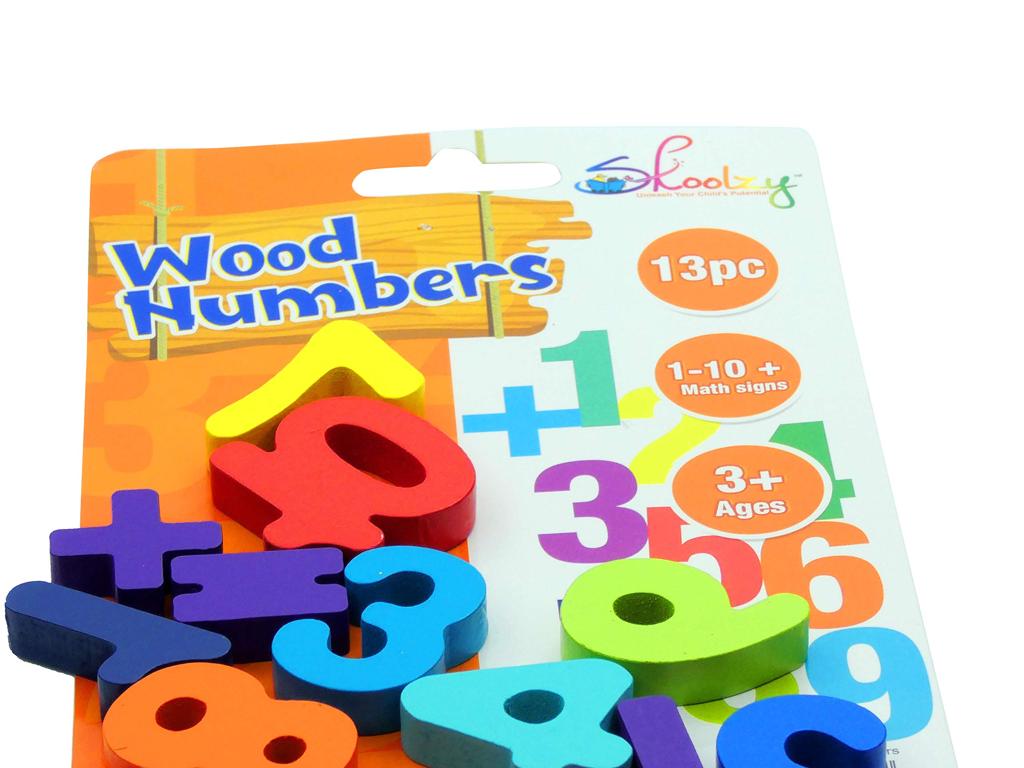Choose The Picture That Matches The Idiomatic Expression
Subject: Language arts
Grade: Second grade
Topic: Idioms
Please LOG IN to download the presentation. Access is available to registered users only.
View More Content
Understanding Idioms
– What is an idiom?
– An idiom is a phrase with a different meaning from the actual words.
– Importance of idioms
– They make language colorful and express ideas in a fun way.
– Everyday idiom examples
– ‘Piece of cake’ means something is very easy.
– Matching idioms with pictures
– We’ll practice by linking pictures to the meanings of idioms.
|
Introduce idioms as phrases where the words together have a different meaning than the individual words themselves. Explain that idioms are important because they make conversations and stories more interesting and expressive. Provide common examples like ‘piece of cake’ to illustrate that idioms can’t be understood literally. Engage students with an activity where they match pictures to the correct idiomatic expressions, reinforcing their understanding through visual aids. This will help them remember the figurative meaning of each idiom.
Understanding Idioms: Colorful Language
– Idioms: Not literal, but figurative
– Words paint pictures in our mind
– Like ‘It’s raining cats and dogs’ means it’s raining a lot, not pets!
– Express feelings or ideas creatively
– ‘Piece of cake’ shows something is easy, not about eating!
– Make conversations and stories fun!
|
This slide introduces the concept of idioms to second graders, emphasizing that idioms are phrases where the words together create a meaning different from the individual words themselves. They are used to express ideas or feelings in a fun and imaginative way, making our language more colorful and engaging. Use examples like ‘It’s raining cats and dogs’ to illustrate that idioms should not be taken literally. Encourage students to think of idioms as a way to paint with words, and explain that understanding idioms will help them become better readers and storytellers. Plan an activity where students can match idioms to pictures that represent the figurative meaning, reinforcing their understanding through visual aids.
Matching Pictures with Idioms
– ‘Break the ice’ idiom
– Starting conversations can be like breaking ice!
– ‘Piece of cake’ idiom
– Easy tasks are as sweet as a piece of cake!
– Discover more idioms
– Think of idioms you know
– Share idioms you’ve heard at home or school.
|
This slide introduces students to idiomatic expressions through visual examples. ‘Break the ice’ is explained as a way to start talking to someone new, just like literally breaking ice to get through. ‘Piece of cake’ is used to describe tasks that are very easy to complete, as easy as eating a delicious cake. Encourage students to think of idioms they have encountered in conversations, books, or media. This activity will help them understand that idioms are phrases that cannot be understood from the individual words alone but have a separate meaning as a whole. For the next class, students can bring pictures they believe match the idioms they’ve thought of, enhancing their understanding through visual association.
Match the Idiom!
– Listen to the idiom carefully
– Think about what it really means
– Idioms often have a hidden meaning, not literal
– Choose the picture that fits best
– Use your knowledge to match idioms to pictures
– Get ready for some idiom fun!
|
This slide is for a class activity designed to help second-grade students understand idiomatic expressions. The activity involves listening to an idiom and then choosing a picture that best represents the figurative meaning of that idiom. It’s crucial to emphasize to the students that idioms should not be taken literally. For example, ‘It’s raining cats and dogs’ means it’s raining very hard, not that animals are falling from the sky. Prepare several idioms and corresponding pictures beforehand. Possible activities include: 1) ‘Break the ice’ with a picture of people talking and laughing, 2) ‘Piece of cake’ with a picture of someone easily completing a task, 3) ‘Spill the beans’ with a picture of someone revealing a secret, 4) ‘Hit the books’ with a picture of someone studying hard. This will help students grasp the concept of idioms in a fun and interactive way.
Idiom Challenge: ‘A Piece of Cake’
– Understand ‘A Piece of Cake’
– Means something very easy to do
– Match idiom to correct picture
– Look for a picture that shows something easy, not just cake!
– Discuss choice with a classmate
– Share ideas with your friend next to you
– Explain your reasoning
– Why do you think the picture fits the idiom?
|
This slide is designed to engage students in understanding idioms through visual representation. ‘A Piece of Cake’ is an idiom that means something is very easy to do. The activity involves students choosing which picture they believe matches the idiom and discussing their choice with a classmate. This encourages critical thinking and verbal expression. Teachers should facilitate the discussion by asking guiding questions and ensuring each student participates. Possible variations of the activity could include drawing their interpretation of the idiom, acting it out, or even bringing in pictures from home that represent the idiom.
Idiom Challenge: ‘Let the Cat out of the Bag’
– What does this idiom look like?
– Can you guess the meaning?
– ‘Let the Cat out of the Bag’ meaning
– It means to reveal a secret by accident
– Share your ideas with the class
– Think about times you’ve accidentally shared a secret
|
This slide is designed to engage second-grade students in understanding the idiom ‘Let the cat out of the bag’. Start by showing them various pictures and asking them to choose the one that they think matches the idiom. Encourage them to guess the meaning of the idiom based on the picture they choose. Explain that the idiom means to reveal a secret without intending to do so. Ask the students if they have ever accidentally shared a secret and how it made them feel. This will help them connect the idiom to real-life experiences. For the activity, students can draw their interpretation of the idiom or share stories related to the theme of revealing secrets.
Idiom Exploration: ‘Hit the Books’
– What does ‘Hit the Books’ mean?
– It means to start studying hard
– Is it about hitting books?
– Find the matching picture
– Look for a picture that shows someone studying
– Share what you think it means
– Discuss with classmates about your choice
|
This slide is designed to introduce the idiom ‘Hit the Books’ to second graders in a fun and interactive way. The goal is to help students understand that idioms should not be taken literally. ‘Hit the Books’ actually means to begin studying in a serious manner. The activity involves students choosing the correct picture that represents the idiom, which is not a picture of books being hit, but rather someone studying. Encourage the students to explain why they chose the picture they did and facilitate a discussion to ensure they grasp the concept of idioms. This exercise will enhance their comprehension of figurative language and enrich their vocabulary.
Class Activity: Create Your Own Idiom
– Invent your own idiom
– Draw a picture of your idiom
– Use your imagination for a fun drawing
– Explain your idiom’s meaning
– What does your idiom describe or mean?
– Share with the class
– Tell us about your idiom and drawing
|
This activity encourages creativity and understanding of idiomatic expressions. Students will create their own idioms, draw a picture that represents the idiom, and then share the meaning with the class. For teachers: facilitate this activity by explaining what idioms are and giving examples. Provide art supplies for drawing. Allow students to explain their idioms to promote public speaking skills. Possible activities: ‘Raining Cats and Dogs’ could be depicted with pets falling from clouds, ‘Piece of Cake’ might show a literal slice of cake to represent something easy. Encourage students to think outside the box and come up with unique expressions.
Review and Share: Idioms Fun!
– Review today’s idioms
– Share your favorite idiom
– Who wants to be first to share an idiom?
– Explain what it means
– What does ‘piece of cake’ mean to you?
– Praise for creativity!
– Great job picturing ‘raining cats and dogs’!
|
This slide is meant to wrap up the lesson on idioms. Start by reviewing the idioms discussed in class. Encourage volunteers to come forward and share an idiom they learned, along with its meaning. This could be done by showing pictures and asking students to match them with the correct idiomatic expression. Praise the students for their imaginative interpretations and connections. For the activity, consider having students draw their own interpretations of idioms or act them out. This will help solidify their understanding and make the learning process enjoyable.
Idioms: Colorful Language!
– Idioms make talking fun
– Find idioms in stories and movies
– Like ‘a piece of cake’ in your favorite book or ‘break a leg’ in a movie!
– Listen for idioms everywhere
– You might hear ‘hit the hay’ or ‘when pigs fly’!
– Try using idioms yourself
– Say ‘hold your horses’ instead of ‘wait a minute’!
|
This slide wraps up our lesson on idioms, emphasizing how they add fun and expression to language. Remind students that idioms are phrases where the words together have a different meaning than the individual words themselves. Encourage them to be detectives in their daily lives, listening for idioms in conversations, while reading, and when watching movies. Challenge them to start using idioms in their speech to make their language more colorful. For example, instead of saying ‘I’m going to bed,’ they could say ‘I’m going to hit the hay.’ This will help them better understand idiomatic expressions and enjoy the playful aspect of language.






